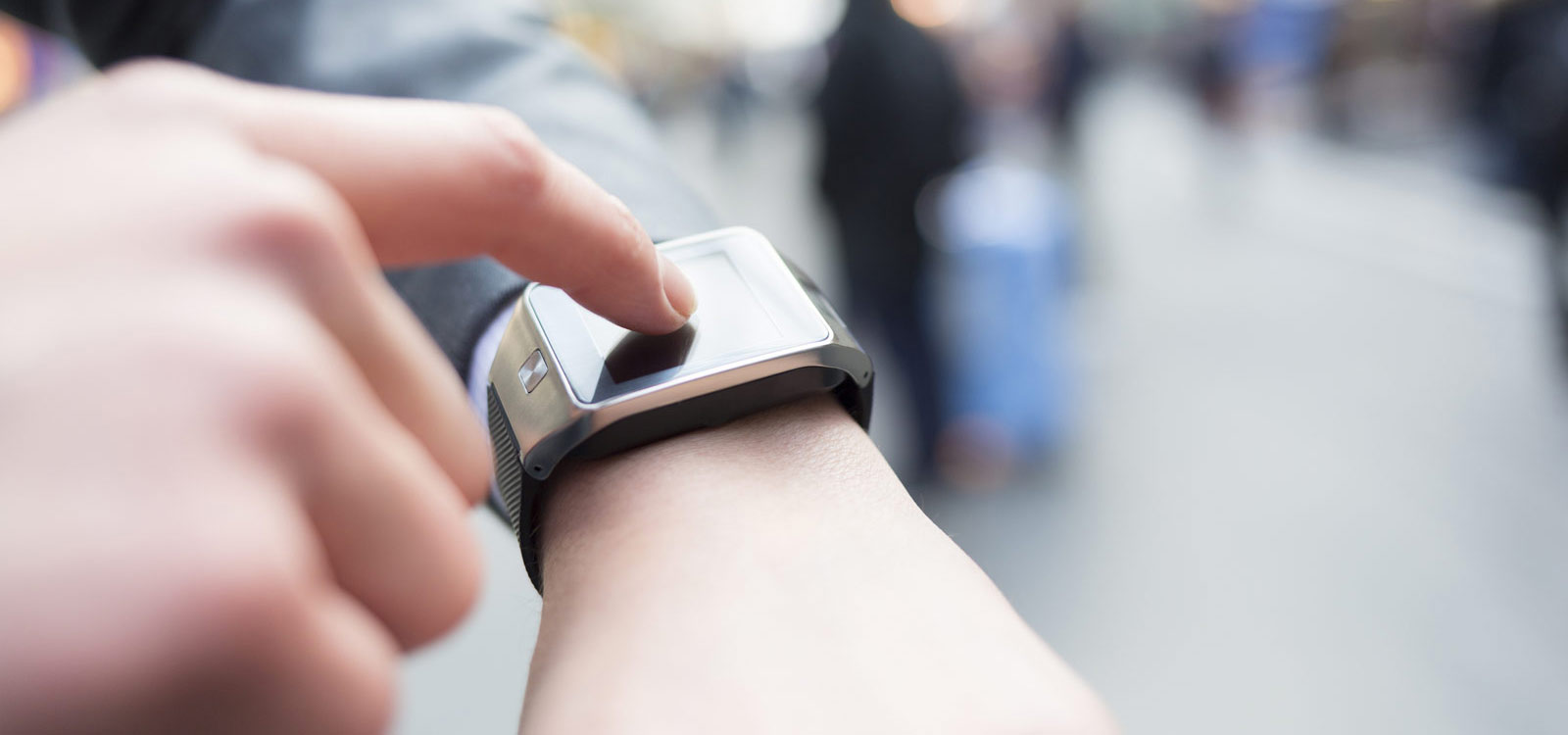
Apple’s Tim Cook drove headlines this month by revealing something we haven’t heard for a while in the smartwatch industry — sales are up. Back in September, the Apple Watch Series 2 put a stake in the ground, ignoring the industry approach of “give them everything” to instead give consumers what they want most: a fitness tracker on steroids.
| Read on VentureBeat |
 |
| Download PDF |
Apple’s first take at the Apple Watch tried to wow consumers with various apps and features while appealing to a wide audience. But with its second attempt, it narrowed its focus and prioritized features that consumers find value in today. Take waterproofing and GPS as examples, these are great new features that enable Apple to extend its reach beyond brand enthusiasts to athletes and more fitness-conscious consumers.
But Apple’s glimpse of success isn’t in line with what we are seeing across the industry. Pebble, an early entrant into this market, was acquired by Fitbit this month, pointing to the fact that the market as it stands today isn’t able to support all of its players. So how did we go from talking about smartwatches as one of the biggest innovations in tech to a shaky industry at best?
Price and design: Where the smartwatch industry went wrong
When it comes to smartwatches, retailers are giving consumers sticker shock. A survey by my firm, First Insight, found that consumers’ smartwatch price threshold is at the $200 mark, with 75 percent of women and nearly 60 percent of men wanting to pay $200 or less for a smartwatch. The fact that most smartwatches today are above the $300 price point is a big problem that is clearly impacting the growth of this industry.
But why the sticker shock? Weren’t smartwatches supposed to be a must-have tech gadget? The truth is, consumers don’t value smartwatches yet. Your wrist is expensive real estate and a smartwatch isn’t just a tool that shares the latest insights on your workout or your text messages, it’s a fashion accessory. In our research, many consumers described the design of smartwatches as “big, bulky, and ugly.” Despite more traditional watch manufacturers, like Michael Kors and Fossil, debuting their own smartwatches, consumers’ perception of smartwatch design hasn’t shifted.
High price points mixed with unwanted features and the opinion that smartwatches aren’t fashionable are major problems for this industry. So what can manufacturers do to pull themselves out of the hole they’ve created?
Helping consumers see the value in smartwatches
We can’t go back in time and remove the product flops that changed consumers’ perception of the smartwatch. But we can and should be tailoring smartwatches to what consumers actually want to use them for.
It starts with a clear understanding of the target consumer and a laser focus on what he or she wants. The consumer who wants a fashion accessory is likely to be different from the consumer who wants a solution for tracking workout progress. And that consumer may be entirely different from the buyer who wants a watch to be an extension of the smartphone – with appointment reminders, call notifications, apps, and other functions.
The smartwatch industry can’t have a one-size-fits-all approach. Manufacturers need to identify their core buyers and prioritize features and price points that match what they are looking for. And considering 37 percent of consumers rank features and functionality No.1, followed by price at 25 percent, it’s clear that both need to be main focus areas. The good news is, there are technology-based solutions that enable brands to capture the voice of the customer in order to make informed decisions on what each segment values most.
This hyper-focus on understanding the customer might seem obvious, but it hasn’t been a top priority. Manufacturers have been pushing out smartwatches left and right without determining the best features and ideal price point for each segment in a rush to be a part of this tech wave and keep up with the competition. And it’s clear their approach hasn’t been well received. In fact, IDC recently found that the smartwatch market declined 51.6 percent in the third quarter of 2016 as platforms and vendors look to realign. This is a steep drop in the market but also provides some hope that manufacturers are rethinking their approaches.
Apple was the first to point the smartwatch industry in the right direction by narrowing its focus, but whether or not others follow is yet to be determined. If smartwatch makers don’t take a step back and listen to their customers, market consolidation in the smartwatch industry looks to be a very popular headline in 2017.
















